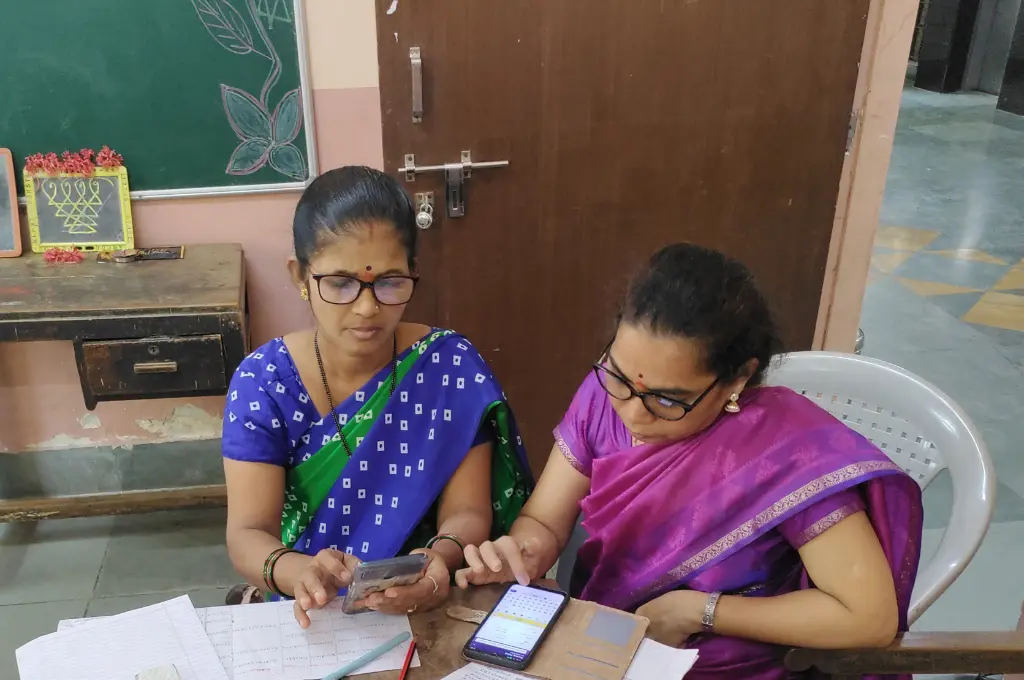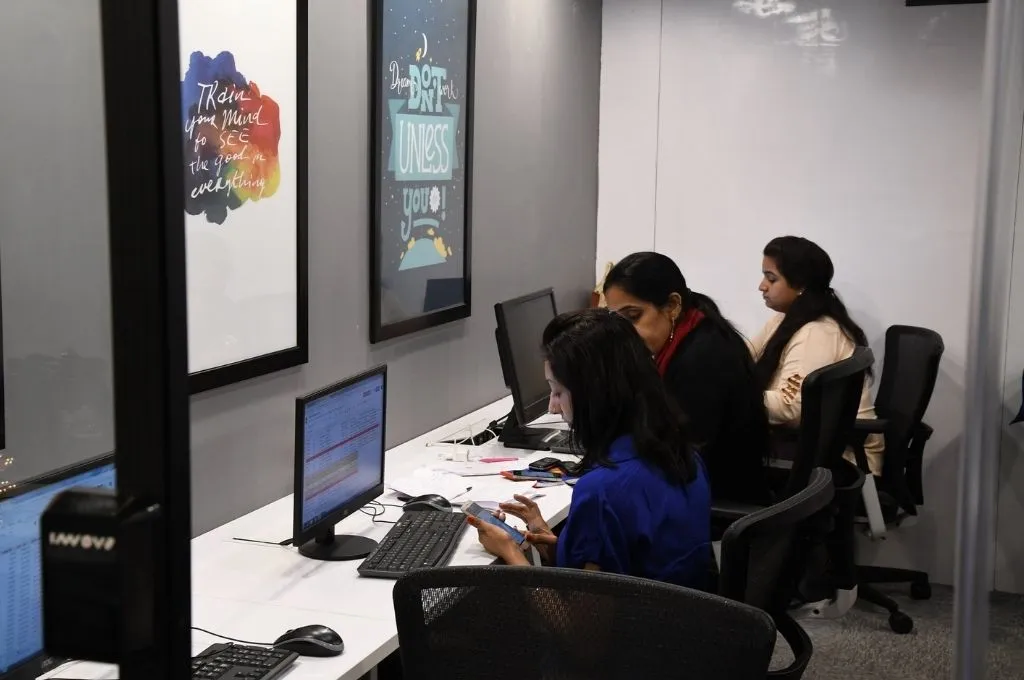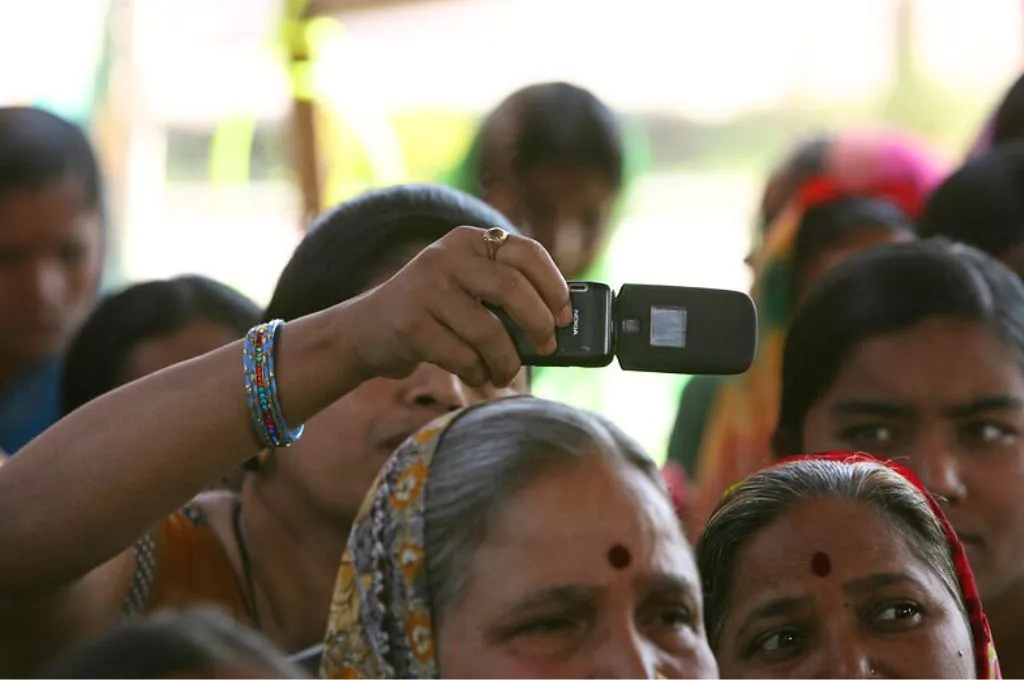The need for nonprofit programmes to incorporate smart, simple, and effective technology is increasing. However, more often than not, organisations in the sector struggle to find the right solution, the right vendor to build it out, or with its successful implementation. In these instances, technology becomes more of a bottleneck than an enabler.
Having worked on building appropriate and effective technology solutions for 12 years (of which the last four were in the nonprofit sector), here are some best practices I’ve learned along the way.
Ensuring that your technology solution is effective
In order to implement a successful technology solution, you have to spend time thinking about who your end-user is. Knowing your target audience will ensure that your technology is customised appropriately, and therefore, that it is usable.
Related article: Open-source tech for nonprofits
Consider these different audiences for example, and the customisations they require:
- Community: If the technology is meant to offer in-person services to a community, having an app-based/chat-based approach where people directly interact with the system will be crucial.
- Field staff: If the technology is meant to record data or make information easily accessible to the on-ground staff then the decision to create a mobile-friendly site versus a mobile app versus an entirely new platform will be important.
- Government: If the technology is meant to serve as an interface for government agencies and staff members, ensuring that it provides data in an easy-to-consume format is necessary.
- Students: Designing a platform that younger audiences find engaging and not distracting is entirely different than doing the same for adults.
Designing a platform and building features which are easy-to-use and comfortable for the intended users of the platform is crucial. If this isn’t made a priority, the technology solution runs the risk of going into repeated cycles of redesign, making it a waste of effort, time, and money.
A technology solution works best when it is tailored for the context in which it is to be used. Every programme works within certain limitations. These could be related to language, geography, or accessibility, they need to be documented and considered upfront. For example:
- Language: How many languages does the technology need to incorporate, and what is the nonprofit team’s comfort with those languages?
- Connectivity: Is internet and/or Bharat Sanchar Nigam Limited (BSNL) connectivity readily available to target users? If not, what kind of data sync options can the technology build in?
- Geography: Has the location of the programme been mapped by Google Maps (or other mapping services)? If not, do local servers and mapping capabilities need to be developed?
- Literacy: If the target audience cannot read or write, what can be done to enhance the accessibility of the technology solution?
- Security: If the solution is meant to store private information such as bank account details, credit card details, or any information which might be sensitive in nature, what extra layers of security can be built in?
Taking the time to understand the limitations that the technology-based solution has to operate within ensures that there are few surprises once implementation begins.
In order to implement a successful technology solution, you have to spend time thinking about who your end-user is. | Picture courtesy: Rawpixel
Here, it’s important to remember that technology is a process enabler, and not a process in itself. Given this, before building out a technology solution, organisations need to map out every step of their existing programme delivery process. Every detail of execution—including the choice of team members, identification of geographical area, data collection, analysis, and dissemination—needs to be documented.
Once this has been done, organisations can identify which steps of the execution they want to move to a technology solution. For example, data collection and dissemination are commonly moved to app-based platforms.
When mapping processes, it’s a good idea to include programme team members in the conversation as they are best suited to point out things which could get overlooked in a theoretical analysis. Additionally, if possible, it’s good to invite the team developing the technology solution to the location of programme so that they can point out areas which can be documented better and take note of any additional constraints.
Identifying the right person to build your technology solution
As a nonprofit new to technology, looking for the right vendor can be a daunting task. Here are some tips that might help:
If your organisation doesn’t have an information technology (IT) team or a person with sufficient technical understanding, it is a good idea to bring a technology consultant on board. This could either be someone you hire, or it could be someone you know who has agreed to spend a significant amount of time with you and your team during this process.
Preferably, the person would be someone who is either known to you/your peers, or has a proven record of working with nonprofits. If you are unable to find someone, technology vendors themselves can usually help identify the right person.
Related article: The missing link in technology
Before you set out to look for a vendor to build your technology platform, spend some time talking to peers in the sector and understanding what existing solutions look like. Here, your consultant can provide an overview of technologies that are available in the market, evaluate them, and see if any can be replicated or customised to your needs.
This then helps minimise the time and money that you spend in developing something from scratch. What’s more, you might even find organisations willing to talk you through the mistakes they made, or new partners who are trying to build a solution similar to yours.
Here are some tips and questions to think through while speaking to a vendor you want to work with:
- Has the vendor worked with nonprofits before, and in what capacity? Can they give references for the same?
- What were the challenges they faced while working with other nonprofits?
- Do they know the constraints of the technology solution being built vis-à-vis the sector you are working in?
- How much time will they need from the nonprofit team? How much of this will be senior management time?
- What milestones would you track and how? (Always try to have more than just two milestones.) Can their payment be linked with these milestones?
—
Know more:
- Take a look at these five tips to fine-tune your nonprofit tech strategy.
- Read these dos and don’ts for nonprofits while working with tech vendors.





